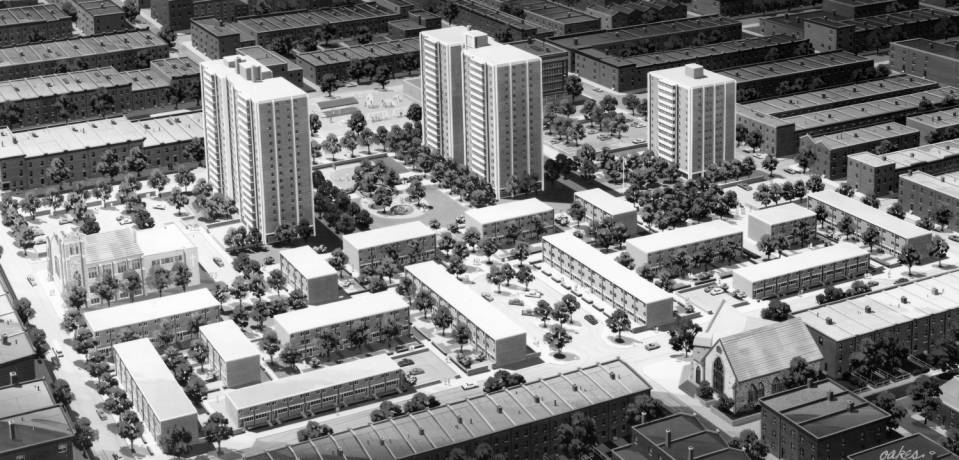February 16: Urban renewal and patriotism | Seattle’s community liaisons | Cycling survey

Many cities, Philadelphia included, have reached peak millennial. The immigrant population, however, has continued to grow and contribute to the city’s economic revitalization. The Welcoming Center for New Pennsylvanians attest that immigrants attribute to 95% of the new businesses in Philly’s neighborhood commercial corridors. Public services such as public education and public safety do cost a pretty penny for state and local governments, however. Keystone Crossroads walks through the costs and benefits of immigration.
Waste management is hot in Philadelphia these days; we live in a city where recycling construction and demolition waste can create economically viable businesses, youth workforce development opportunities, and a resource for local artists. During Urban Renewal, however, the environmental and social consequences of large-scale “creative destruction” were not at the top of developers’ minds. PennDesign’s Francesca Ammon goes over the modern history of construction and destruction, and how it came to be seen as the patriotic symbol of American progress.
Seattle is trying a new initiative to build relationships with members of historically marginalized groups, such as its immigrant and LGBTQ youth population, before making decisions that will impact these communities, such as land use and affordable housing. Next City covers the human-powered “public outreach and engagement liaisons” model.
A nationwide survey on cycling culture and infrastructure is aiming to generate a ranking of cities for cyclists by cyclists. The survey, launched by bicycling advocacy group PeopleForBikes, includes questions for cyclists addressing safety, convenience, and civic support in their cities.
WHYY is your source for fact-based, in-depth journalism and information. As a nonprofit organization, we rely on financial support from readers like you. Please give today.







